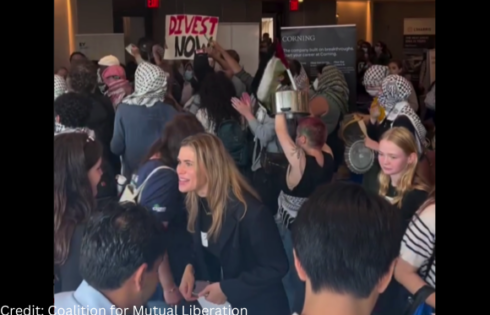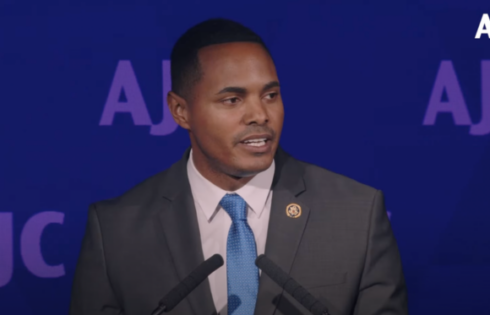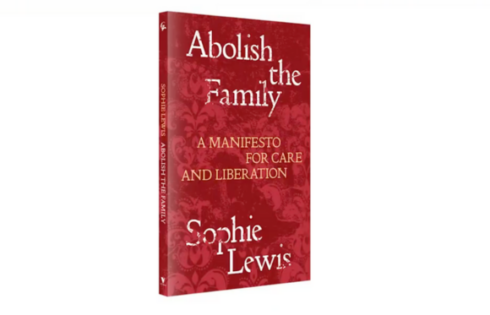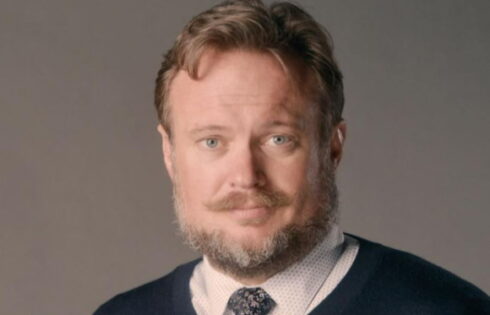With the ongoing construction of Stanford’s new Lorry I. Lokey Stem Cell Research Building, which will house the Institute for Stem Cell Biology and Regenerative Medicine, Stanford faculty are conducting numerous stem cell research studies — but that could change soon, following the U.S. District Court ruling in August that would stop stem cell research from continuing.
Stem cells have the remarkable capability of developing into any of the hundreds of specialized cells in the human body. The mere prospect of regenerating human cells excites the medical community given the nearly limitless possibilities for curing formidable diseases like Alzheimer’s, diabetes, and cancer.
Stanford sophomore Dana Yeo works in a lab that uses induced pluripotent stem cells (iPSCs), which are synthesized cells similar in their properties to “purer” embryonic stem cells but derived from adult somatic cells instead of embryos.
“Stem cells have unlimited research potential. We can derive patient-specific tissues. We don’t have to worry about patient bodies rejecting in the future,” Yeo said of her work.
Unlike President George W. Bush’s policy, which allowed for the utilization of the 21 pre-existing stem cell lines, President Obama’s request to expand stem cell research would allow for the damage to human embryos in order to create more cell lines.
However, the issue of stem cell research has always been a heated controversial issue, both politically and socially. On August 23, U.S. District Court Judge Royce Lamberth issued a temporary injunction blocking researchers from using federal funds to conduct human embryonic stem cell research.
Judge Lamberth declared the Obama Administration’s expansion of federally funded stem cell research in violation with a law that bans researchers from using federal funding to destroy or even endanger human embryos. The law, known as the Dickey-Wicker Amendment of 1996, and Judge Lamberth’s recent injunction have thrown several stem cell research labs at Stanford in limbo.
Dr. Irving Weissman, an internationally renowned expert on stem cells and director of Stanford’s Institute for Stem Cell Biology and Regenerative Medicine, called Judge Lambert’s decision “profound and disturbing” and likely to cause “many precious cell lines [to] be lost.”
The California Institute of Regenerative Medicine (CIRM), a state agency that gives hundreds of millions of dollars in grants to stem cell researchers annually, also condemned the decision sharply, saying, “Under this decision, even research using [human emryonic stem cells] lines approved by President George W. Bush will be halted.”
Many opponents of stem cell research argue that adult stem cells have already produced very promising regeneration of tissue in lab mice. They believe that the destruction of human embryos to procure human embryonic stem cells (hESC) is not necessary.
In an interview with CIRM, however, Dr. Weissman said, “No adult stem cell, like a blood forming stem cell, can even become another stem cell that’s closely related. So a blood-forming stem cell can’t make a support cell for blood formation, or bone, or brain, or muscle. [The cells of] the pre-implantation plasticist have not begun to make any tissue, but they have the possibility to make every tissue.”
Nevertheless, many religious groups, including Christian communities, oppose what they consider to be the destruction of human life.
Dr. William Hurlbut, a Stanford consulting professor of Neuroscience and a Christian, agrees with the Catholic Church’s official stance on the issue of stem cell research: the cloning or destruction of human embryos for creating new cell lines is immoral.
Dr. Hurlbut is the author of Altered Nuclear Transfer (ANT), a project committed to using a technological bypass that avoids the creation of a human embryo in order to find a win-win solution for those who find embryonic stem cell research objectionable and those who fight to advance medical technology with the power of stem cells.
In response to Dr. Weissman’s faith in the potential of hESC research, Dr. Hurlbut insisted that Christians believe the embryo is the unfolding of life. “You don’t use other human beings in the process of medical advancement, no matter how exciting the research,” he said.
Although Dr. Hurlbut admitted that “most of the science community would probably want to see the Dickey Amendment modified on this issue,” there are potentially effective alternatives to human embryonic stem cell research. Induced pluripotent stem cells (iPSCs) demonstrate properties of embryonic stem cells yet obtained by taking ordinary somatic cells and reprogramming them with certain proteins to an embryonic-like pluripotent state.
“The lab I’m working with deals with induced pluripotent stem cells, which does not involve destroying an embryo. Therefore, the lab I work with is not affected by cuts in federal grants for stem cell research,” Yeo said.
“We have very good success with ANT,” Dr. Hurlbut said. “We’ve produced iPSCs successfully for mice and we are preparing trials with monkeys. It would be so much better for both science and the moral foundations of medical science. I am very in favor of finding constructive solutions to moral conflicts.”
Justin Lee is a staff writer for the Stanford Review and a student at Stanford University. He is a contributor for the Student Free Press Association.




Please join the conversation about our stories on Facebook, Twitter, Instagram, Reddit, MeWe, Rumble, Gab, Minds and Gettr.